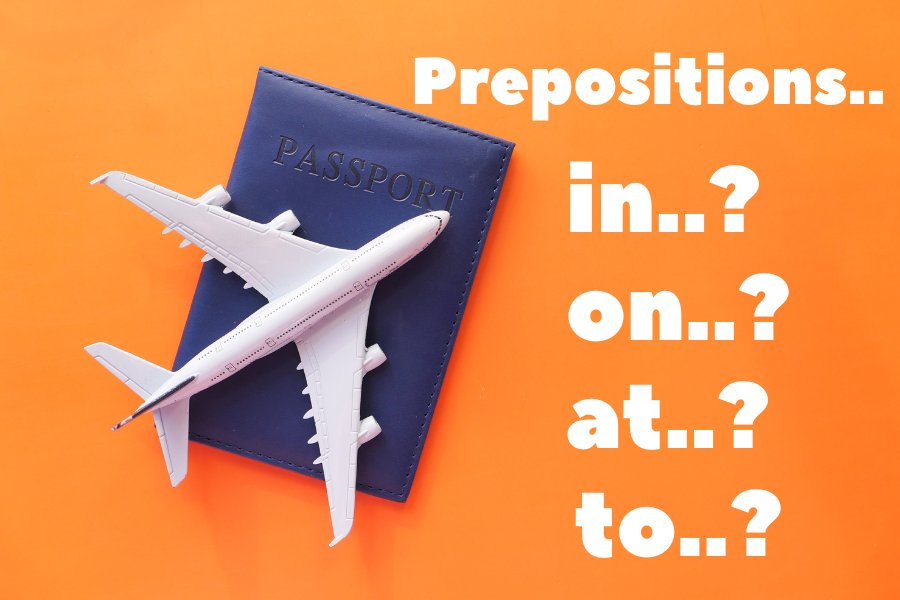Introduction
In the English language, prepositions play a crucial role in indicating location and direction. Among the most commonly used prepositions for denoting places are “at,” “on,” and “in.” However, understanding when to use each of these prepositions can be a bit tricky for English learners. In this blog post, we will delve into the nuances of using “at,” “on,” and “in” to describe different types of locations. By the end, you’ll have a clearer grasp of how to accurately express where things are situated in English conversation and writing. Let’s embark on this journey to unravel the mysteries behind these prepositions and master their usage!
When to use ”in” for places
In general, we use ‘’in’’ to talk about a place that is inside a bigger space, such as a box, a house, a city, or a country. For example:
The clothes are in the closet.
The kids are playing in the stadium.
There is a game shop in the mall center.
My grandfather was born in Italy.
We also use ‘’in’’ with other physical locations such as:
- I love swimming in the pool.
- We took lovely photos in the sea for Instagram.
- Fishing in the river is fun.
- Let’s have a picnic in the lake.
- She enjoys playing in the water (at the beach).
- We hiked in the mountains last weekend.
- We had a family party in the countryside.
- The house is in a valley surrounded (by hills).
- “We camped in the forest during the summer.
When to use ”on” for places
Basically, we use ‘’on’’ to talk about location on a surface. For example:
- The books are on the desk.
- We live on the third floor.
- Look at the mirror on the wall.
- The manager likes to sit on chairs.
We also use ‘’on’’ for some types of public transport.
- He is on the bus right now.
- It is obligatory to turn off the cellular on the airplane.
- They travel to work on the train.
When to use ”at” for places
Last but not least, we use ‘’at’’ in many common phrases, especially when we are talking about a place for a specific activity. For example:
- She washes clothes at home.
- He teaches math at school.
- He invites me for dinner at a seafood restaurant.
- We are going to meet at the train station.
We also use ‘at’ for addresses or exact positions.
- I live at 15 Main Street.
- There was a noise at the entrance of the hotel.
- I will be waiting for you at the door.
When to use ”to” for places
The preposition ”to” can be used after the verbs “go, come, travel, walk, run, fly” when indicating a destination or direction. For example:
- They go to the beach every summer.
- She said that she won’t come to the party.
- We are planning to move to Canada next year.
- I walk to convenience shops every day.
When to use ”by” for places
Lastly, the preposition ”by” can be used when we talk about ways of traveling. For example:
- I prefer to go to work by bicycle.
- I will go to Spain by Ship.
Conclusion
In this guide, we’ve explored the usage of the prepositions ‘at,’ ‘on,’ and ‘in’ when indicating places. By understanding the nuances of these prepositions, you can accurately express locations in English. Here’s a quick summary:
- ‘At’: Used for specific points or locations. Example: “She’s waiting at the bus stop.”
- ‘On’: Used for surfaces or larger areas. Example: “The book is on the table.”
- ‘In’: Used for enclosed spaces or within larger areas. Example: “He lives in Chicago.”
Remembering these distinctions will help you communicate effectively and precisely about places in English.


